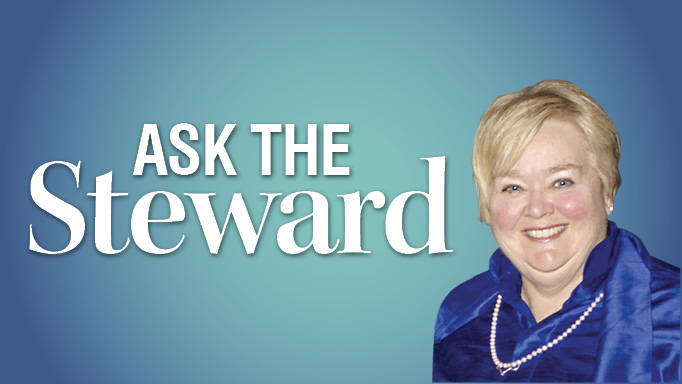What are the rules concerning sponsor logos on tack and apparel?
Stewards hate being the Logo Police. However, the FEI dictates that we monitor and help athletes make sure the logos they are wearing are compliant with the written rules. Full logo size specifications can be found in FEI General Regulations, Chapter IV and includes Articles 133, 134, and 135.
The bullet points on sizes are:
• 200 cm2 on each side of the saddle cloth;
• 75 cm2 on ear hoods in jumping, dressage, driving, vaulting, and eventing disciplines (new for dressage and vaulting):
• 80 cm2 on each of the two sides of jackets or top garments at the height of breast pockets for jumping, dressage, and both of these sections of eventing.
There are many more sizes to be taken into consideration and I urge all FEI competitors to be savvy regarding logos. This is a really silly reason for sanction at a competition. Each discipline lists its own commercial and sponsorship rules, so please be confident that you have read the specifications for your own discipline, as well as the above-mentioned General Regulations.
Is there a maximum age for horses in eventing?
At this time there is no maximum age; however, there are several places throughout the event where horses are carefully looked at to ensure their “fitness to compete.” I am convinced that no owners or riders would put an older horse at risk if they were not entirely sure that all the fitness components were in place.
Biosecurity is a hot topic at shows these days. Do you have any tips gleaned from years on the front lines?
Competitors at all competitions must be aware that diseases can be transferred easily when a group of horses are co-mingling in large numbers. At minimum, a very few things to keep in mind include:
• Take your own spray bottle of disinfectant to give your stable a spray before you put your horse in his stall;
• Use your own grooming equipment on each and every horse;
• Keep buckets separated and don’t immerse the end of the hose in any bucket as you fill them;
• Monitor your horse’s temperature twice daily;
• Don’t snuggle all the dogs and puppies and horses down shed row, then give your horse his cuddle;
• Be sensible – the most help you can give yourself is listening to your own common sense;
• And most important: if your horse is unwell, tell the organizing committee (OC).
In a national competition, the OC will make sure a veterinarian is there to help and will help provide an isolation stall when necessary. In an international situation, veterinarians will be there to assist in any and every way. In cases of infectious diseases, it is imperative that information be available so that any follow-up situations are monitored.

